Valorant on PC
The video game industry has a long history of success stories born from copycatting. You only have to look to its zenith right now in Fortnite, a triumph that owes its success to a shrewd decision by Epic Games to fast-follow PUBG’s battle royale design.
But Fortnite was more than mere cookie-cutter. While it cloned PUBG in shockingly close detail, it also innovated and evolved the last-man-standing blueprint in clever ways, transforming the experience into something completely unique.
Valorant impresses me in this same way. Riot Games’ free-to-play 5v5 tactical hero-shooter borrows heavily from the likes of Counter-Strike and Overwatch, but it does more than just mirror their design –it fuses both to create something fresh, exciting, and hugely entertaining.

Put simply, Valorant is Counter-Strike with hero abilities. It features similarly precise gunplay, its modes share an identical bomb plant/defusal objective, and the 5v5, best of 25 structure is a pastiche of Valve’s 20-year old shooter.
Beyond the cartoony aesthetic, the only major difference between the two games is the hero-play; players choose from 11 eclectic “Agents,” each with their own special attributes and abilities.
But it’s a big difference, one that transforms Valorant from generic clone to brave pioneer. And over the past week, I haven’t been able to put it down. Counter-Strike with hero abilities is just so damn fun.
Agents like Sova and Cypher, for example, illuminate enemy teams with their surveillance equipment, briefly giving a team x-ray vision to thwart enemy rushes. Omen and Jett, meanwhile, flank opposing teams with their teleportation and pacey movement, while “duelist” agents like Phoenix and Reyna can confuse, damage, and overcome enemies with raw power.
It’s the old made new again for a Counter-Strike veteran such as myself, with hero-play making for an interesting and refreshing change of pace to what is otherwise a very familiar experience. And even after dozens of hours with the game, I feel like I’m only at the tip of the iceberg, still learning how to best utilize abilities when attacking and defending bomb sites.
In almost every round, I’m seeing novel situations as experienced players cleverly use their hero utility to close off angles or flush enemies from their camping spots.
For newcomers, though, Valorant isn’t quite as easy to trial and error with hero abilities as, say, Overwatch, simply because there’s no instant respawn. You’re expected to be patient, study, and execute abilities properly through experience.
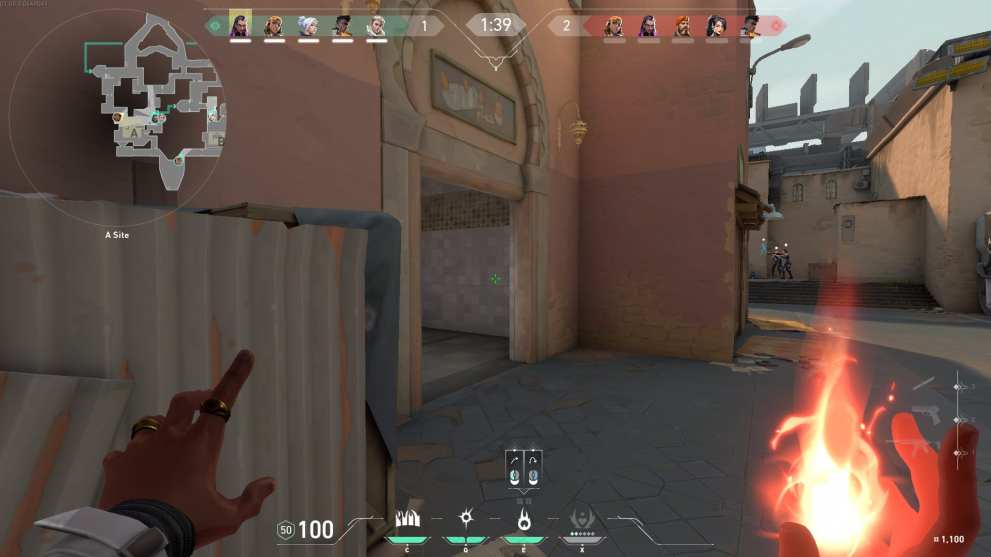
But it’s definitely far more intuitive than the nuances of how to properly nade, flash, and smoke in Counter-Strike — something that requires a bible of knowledge and years of experience to master. And while you will need to practice, Agent abilities in Valorant are easy enough to understand that newcomers should be able to find utility with them fairly quickly.
Another Counter-Strike mechanic that features in Valorant is the in-game economy. Players win money each round and buy their equipment during a brief window.
Here again, it’s more forgiving, providing losing teams with comparatively more dosh so that save rounds aren’t necessary so frequently. Also, the weapon meta is broader than Counter-Strike’s, with shotguns and submachine guns all pretty viable, at least outside of ultra-competitive games.
The gunplay itself is softer, too, in terms of precision. It’s still accurate and there’s a high skill ceiling, but headshots are much easier to score than in Counter-Strike and the recoil is generally less punishing.
It’s clear that striking a balance between accessibility and what is still a fairly hardcore tactical shooting experience is Riot’s intention here. The strategy is actually reminiscent of its (very successful) arrival to the MOBA scene a decade ago with League of Legends.
Although, I think Valorant is going to need some more meat on the bone before it’s capable of displacing the likes of Overwatch and Paladins, games that represent the gold standard of striking that aforementioned balance.
Valorant, by comparison, doesn’t have the depth of content yet to satiate those who aren’t instantly compelled by its very focused gaming experience. To attract a huge casual player base in addition to its hardcore, there needs to be more than four maps and two game modes. The ranked mode from the beta is sorely lacking, too.
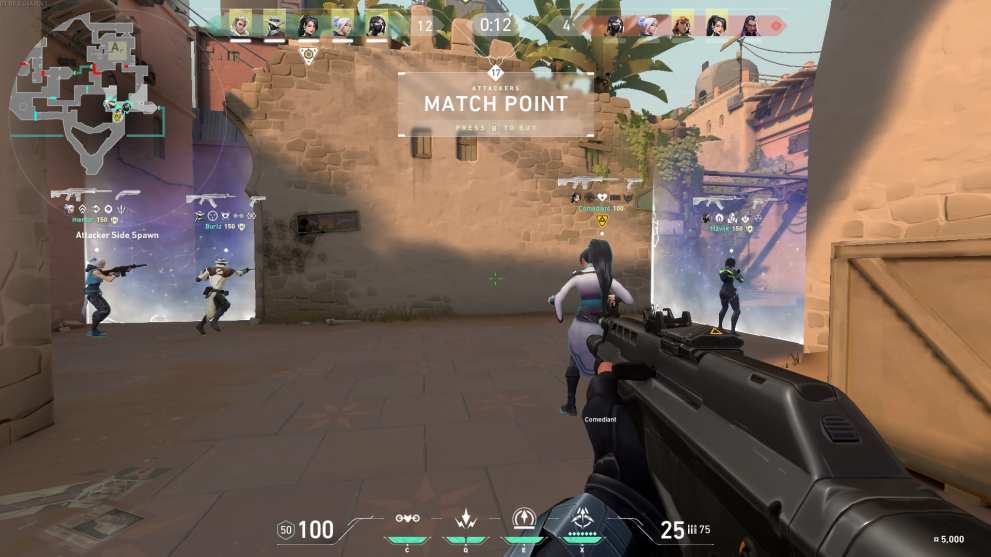
Currently, the only option for those looking for something beyond its standard loop is Spike Rush, which shortens matches to just eight rounds, randomizes weapons, equips all hero abilities, and scatters orbs around the map that power up players with buffs like increased damage.
It’s a decent enough alternative, and it’s commendable that Riot is trying to diversify Valorant’s gameplay with something that isn’t just deathmatch, but it feels slightly undercooked. Spike Rush could do with new maps that are larger and support more players than just five per side, just to make it feel totally different from standard play. Also, just give us deathmatch, too…
So, Valorant is at its best in the standard mode, then, when teams are working together, coordinating and playing the objective. But that means there’s really only one way to play, and I can see that things are going to get sticky as the community learns the ropes and leaves newcomers behind.
On the flip side, those experienced players wanting to enjoy a competitive game right now better hope they’re matched up with reliable and amicable players –a tough ask in the world of online gaming.
Outside of just falling in love with its gameplay, Valorant does at least feature a fairly decent progression system for players to engage with. It’s called the battle pass (because of course it is), which is presented as story chapters divided into tiers you work through by gaining XP in-game.
All players have access to the battle pass, though a premium option for $10 roughly triples the rewards as you go. All of these are cosmetics, such as weapon skins, tags, avatar cards, and agent “contracts,” which offer another set of challenges specific to each agent. You’ll also have the chance to unlock five additional agents on top of the starting six along the way.
My overall impression is that Valorant’s monetization is refreshingly light-weight for a free-to-play experience, so far.
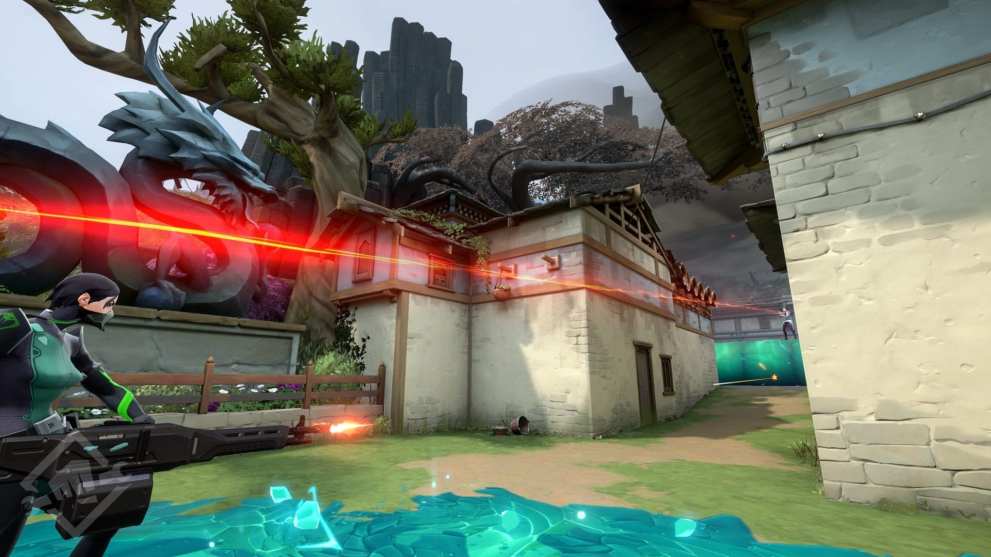
I’m also thoroughly impressed with the game’s performance. Valorant runs very smoothly on my entry-level gaming rig, save for one or two strange freezes here and there. There have also been almost no hiccups with the servers outside of the usual first 24-hours of madness post-launch.
One issue I’ve seen numerous people lament is Valorant’s Vanguard anti-cheat system, which operates at the kernel level and runs in the background constantly. I’ve personally not experienced anything, though one of my squad-mates has been having all sorts of problems; programs have been uninstalled and his computer has been running super hot. But aside from the fact that I consider it unusually intrusive, it’s not caused any issues for me.
What I can say is that when I compare Valorant to free-to-play games like Call of Duty: Warzone, it feels a cut above in terms of quality and consistency — though admittedly it’s a much less ambitious design and far less graphically intensive. But there’s a high level of customization offered by its UI that I really appreciate, and across the board it generally feels as slick and polished as a premium game.
As a foundation, then, Valorant already offers a very solid gameplay experience at launch, albeit one that’s a little conservative. It’s a compact and focused package, which feels as though it could be the start of something special.
But quite where it goes from here depends on Riot Games’ handling of the post-launch support, its implementation of patches, new content, and an esports program. Given its resume with League of Legends, something tells me that’s all to come in a big way.
Will it displace Counter-Strike and Overwatch? That seems unlikely given how incredibly popular those two games are. But Valorant certainly does feel poised to impact the FPS scene, perhaps in the same way Apex Legends found its own slice of the battle royale pie.
Just like Apex, Valorant arrives on the scene boasting excellent performance and production values. Most importantly, Riot Games has completely nailed its concept of tactical-shooter-meets-hero-play to produce a gameplay experience that you just can’t get anywhere else.
For those reasons, Valorant is likely to make a big impression on anybody that enjoys competitive shooters, even if it is a little light on content at the moment. Genre newcomers will need to stay patient to push past the initial difficulty curve, but its exhilarating combination of gunplay and agent abilities is accessible enough that reaping its rewards shouldn’t take too long.
- Fuses gun and hero play to create a unique gameplay experience
- High skill ceiling but more accessible than Counter-Strike
- Great production value and presentation
- Smooth performance
- Light on content so far, with only four maps and two gameplay modes
- While overall production value is impressive, its graphics are a little plain

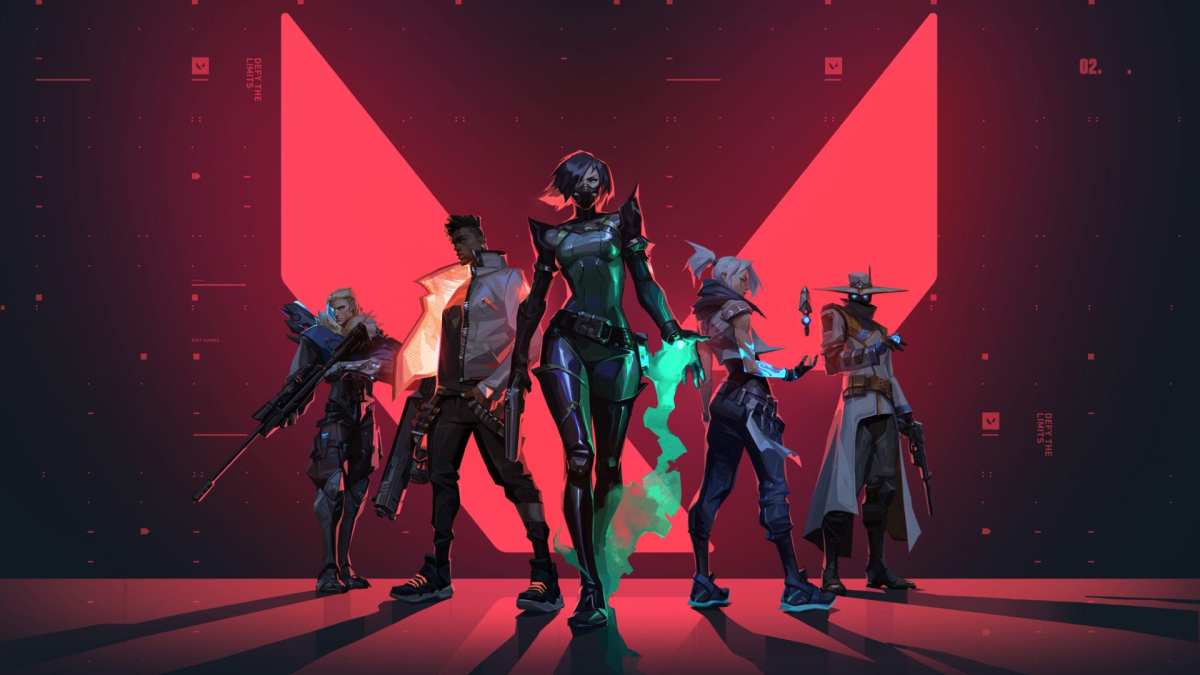










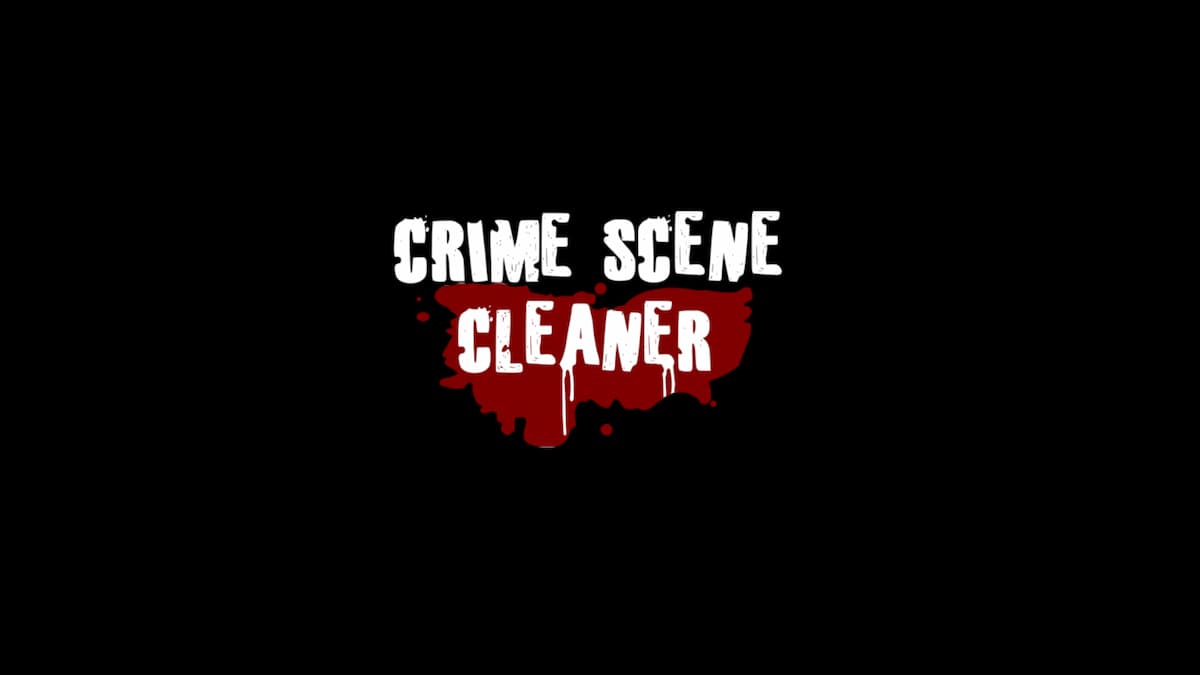
Updated: Apr 2, 2021 02:32 pm